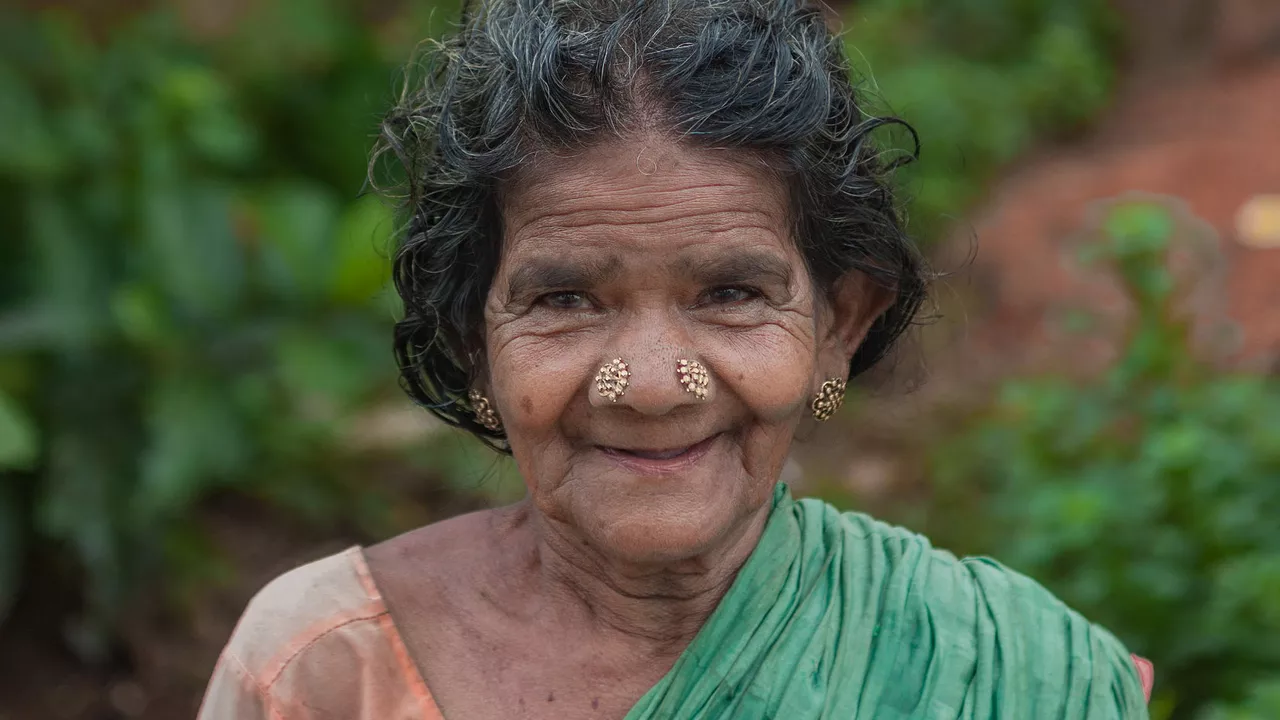Pet Care & Animal Health: Real Tips You Can Use Today
Keeping a pet healthy isn’t rocket science, but it does need daily attention. From choosing the right food to spotting early signs of trouble, a few simple habits can make a huge difference. Below, we break down the basics and dive into a common question about senior dogs, especially the Indian Pariah breed.
Everyday Basics: Food, Exercise, and Check‑ups
First off, feed your animal a balanced diet that matches its age and activity level. Too many treats or low‑quality kibble can lead to weight gain, joint pain, and skin problems. A quick tip: measure portions with a cup instead of guessing – it keeps calories in check.
Second, move that body. A short walk or a game of fetch each day keeps muscles strong and joints lubricated. If your pet is a cat, a few feather toys or a laser pointer does the trick. Regular play also reduces stress, which can boost immunity.
Third, schedule vet visits at least twice a year. Even if your pet looks fine, a blood test or dental check can catch hidden issues early. Bring a list of any changes you’ve noticed – appetite loss, extra panting, or limping – so the vet can focus on the right areas.
Spotting Senior Signs: When Does a Dog Really Get Old?
Many owners wonder, “When do Indian Pariah dogs typically get old?” In most cases, these street‑smart pups hit senior status around seven years. That’s when you might notice slower movements, a bit of gray around the muzzle, or a change in sleeping patterns.
But age isn’t just a number. Health, diet, and living conditions can shift the timeline. A Pariah that gets regular vet care, fresh food, and plenty of exercise may stay spry well into ten years. Conversely, a dog that’s been under‑nourished or stressed might show senior signs earlier.
What should you do once your dog hits the senior mark? Start by adjusting food portions – older dogs often need fewer calories but more protein to maintain muscle mass. Add joint‑support supplements like glucosamine if you notice stiffness. Keep an eye on the eyes and ears; cataracts and ear infections are common in older pups.
Another key habit is mental stimulation. Puzzle toys, new scents, or short training sessions keep the brain active and can delay cognitive decline. Even a gentle daily walk in a familiar route works wonders for confidence.
Finally, create a comfortable resting spot. An old dog may prefer a softer bed on the ground rather than a high couch. Keep the area warm and free of drafts, especially during winter.
By staying proactive and listening to your pet’s cues, you can make the senior years as happy and healthy as possible. Whether you have an Indian Pariah, a Labrador, or a curious cat, the same principles apply: good food, regular movement, routine check‑ups, and lots of love.
So, next time you see a little shuffle or a slower tail wag, remember it’s a cue to adapt your care, not a sign to give up. Your pet’s well‑being is a partnership, and a few small changes can lead to big rewards for both of you.





